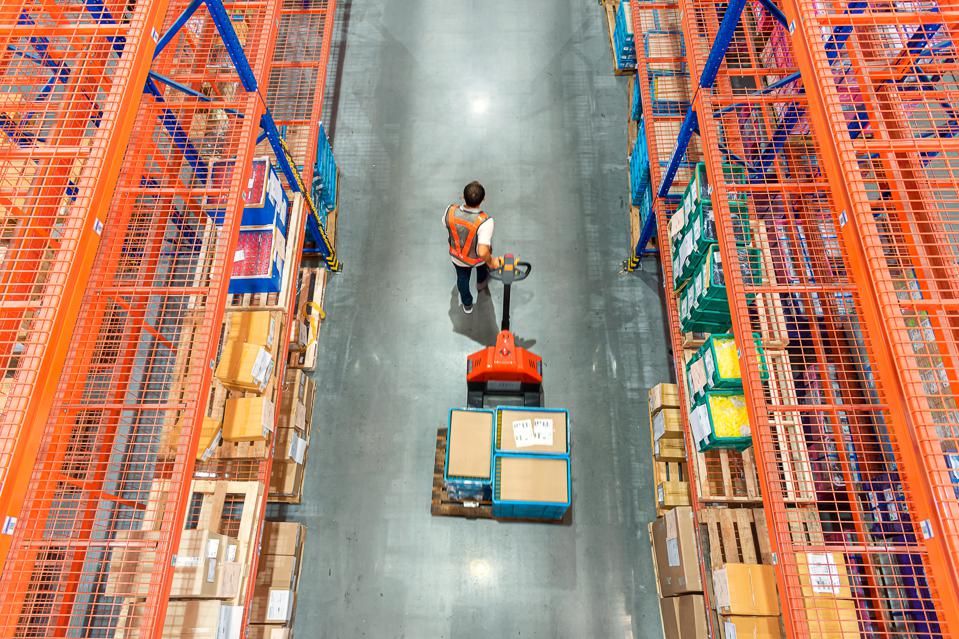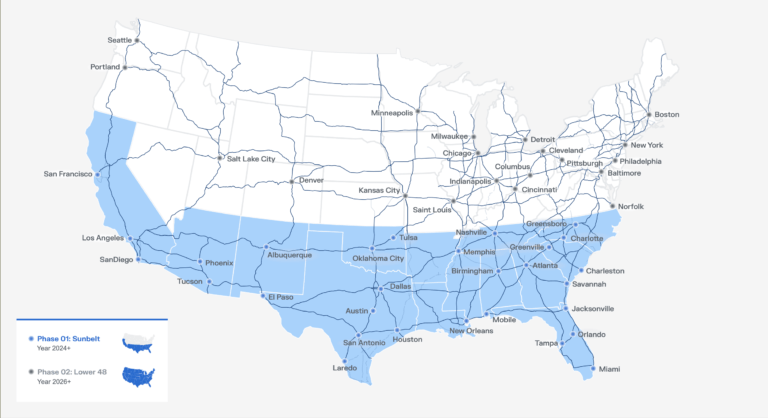As our lives and work continue to adjust, it’s important to retain the many lessons the pandemic has taught us and think about how we can build more resilient supply chains.

We are at the beginning of a long road to rethinking and rebuilding our supply chain models to encompass not just financial priorities but also business operations continuity in the most trying of circumstances.
getty
I’ve been in a number of teleconferences recently, meeting with more than 50 C-level executives from France and Italy who are discussing ways to remake their businesses in the wake of the COVID-19 pandemic.
They work in the retail, fashion, and automotive industries, among others, and their specialty is supply chains. These are smart people at the core of the world’s most sophisticated and valuable systems of manufacture, shipment, and inventory, and yet many of their supply systems staggered in the past few months—the byproduct of reliance on old business models.
For many years, their enterprises looked at supply chains through the financial lens of cost containment: the lowest-priced methods and the minimum viable inventories. That blinkered approach made money, but then came COVID-19. Factories shut down, and then panicky consumers hoarded basic goods. Not long after, healthcare systems couldn’t even secure essential personal protective equipment due to supply chain disruptions. There were also significant changes in consumer behavior. This created a two-pronged dilemma: Not only were supply chains breaking down, but the traditional data that businesses used to manage their supply chains no longer reflected customer demand.
As our lives and work continue to adjust, it’s important to retain the many lessons the pandemic has taught us and think about how we can build more resilient supply chains, so that when the next unexpected, large-scale disruption happens, we’re ready.
The power of digital supply chain twins for better decision-making
The path forward begins with better disaster scenario planning. When parts of the supply chain unexpectedly go down or the legacy data used to manage the supply chain suddenly falls out of step with rapidly changing customer needs, older supply chain structures can be hobbled. This is because they span multiple manufacturing and logistics entities with several tiers of suppliers.
In the past few years, the concept of creating a “digital supply chain twin” has become an important way of understanding and managing risk. A digital twin is a digital representation of a physical asset, process, or system that can be tweaked and redesigned at will, letting businesses better understand how aspects of their supply chains interact, where possible points of failure may arise, and how different contingency plans could be implemented. By using digital models to forecast and plan for disruptions within the physical supply chain, businesses can more agilely manage relationships with suppliers, ultimately improving the structure of their supply chains, enhancing collaboration, and increasing reliability and performance.

In the past few years, the concept of creating a “digital supply chain twin” has become an important way of understanding and managing risk.
getty
Digital twins are best modeled in the cloud using a diverse array of data, and they’re employed to improve everything from the manufacture of jet engines to the speed of semiconductor chips. Their uses are multifold. They can, for instance, forecast likely equipment failures in the manufacturing pipeline or contribute to better planning so that machine maintenance does not lead to drops in manufacturing output.
Interest in this form of modeling has become so strong that the Digital Twin Consortium was recently launched by the Object Management Group, a computer industry standards association, with the goal of creating a best-practices map of digital twin technology and procedures across industries.
That’s just the beginning of what the cloud can do. Cloud-based supply chain management and modeling are often used for real-time decision-making and reliability assessment. I’ve seen firsthand the benefits of this. My employer, Google, has a great record of being prepared, and in part that’s due to the amount of site reliability engineering we do for our systems. We view our whole electronic network as a redundant series of components, subroutines, or parts—if one goes down, the overall system keeps running. We also aggregate relevant data in one cloud data warehouse, allowing for better strategic decisions based on real-time data and risk assessment. Extensive data analytics and decisions assisted by artificial intelligence provide insight into how we can solve our toughest problems.
Managing digital supply chains means modernizing data warehouses
If you’re taking this route, you’ll need to carefully plot out your journey. For example, the first step is often to build a data warehouse in the cloud. This unites all of your data sources while maintaining the security and semantic richness of your information. Built-in machine learning and analytics can produce better consumer-behavior models, anticipating spikes and shortages while avoiding overstocking. Tools like Google Cloud’s AutoML and BigQuery ML can train high-quality, custom machine-learning models with minimal effort and machine-learning expertise. For example, California Design Den used AutoML to drive higher profits and reduce inventory carryovers by 50%.
When things are rapidly changing, access to real-time consumer behavior data is critical.
Such a setup allows you to quickly react to new consumer needs, tracking what items are sold, as well as when and where they’re sold. This also minimizes the risk of shortage. For example, The Home Depot uses Google’s BigQuery data warehousing service to provide timely data that helps keep more than 50,000 items stocked at over 2,000 locations, ensures website availability, and provides relevant information through the call center.
When things are rapidly changing, access to real-time consumer behavior data is critical. It reveals new tastes in products, how people want them delivered, and even how they want to consume them. Technologies like the Industrial Internet of Things, which accesses distributed data in real time via sensors and forwards it to the cloud, play an increasing part in fast, strategic decision-making.
We are at the beginning of a long road to rethinking and rebuilding our supply chain models to encompass not just financial priorities but also business operations continuity in the most trying of circumstances. Now is the time to create resilient systems that offer deeper user understanding, more flexible management, and better stability in the face of unpredictable disruptions.
Keep reading: Managing digital supply chains means modernizing data warehouses. Get the free ebook, “The future of data warehousing,” to learn more about determining the best data warehouse for your needs.







